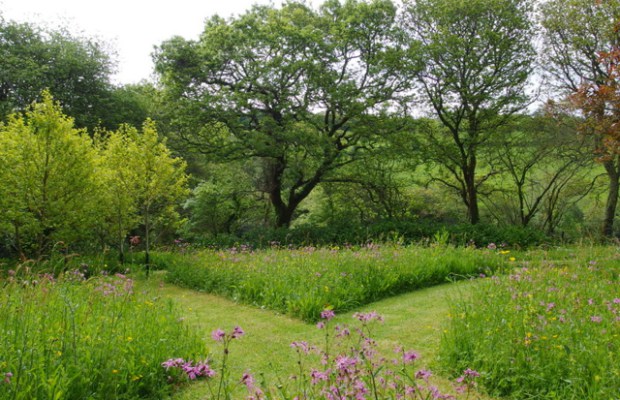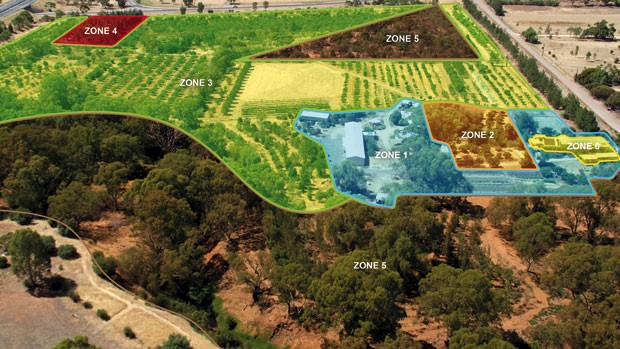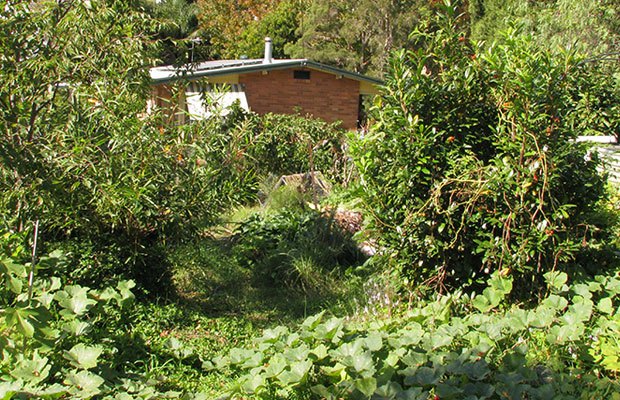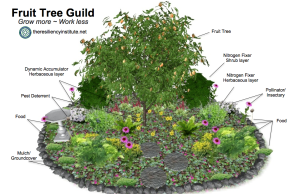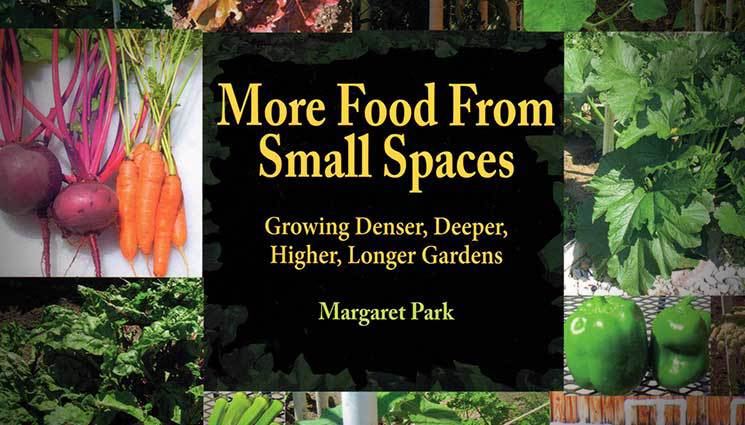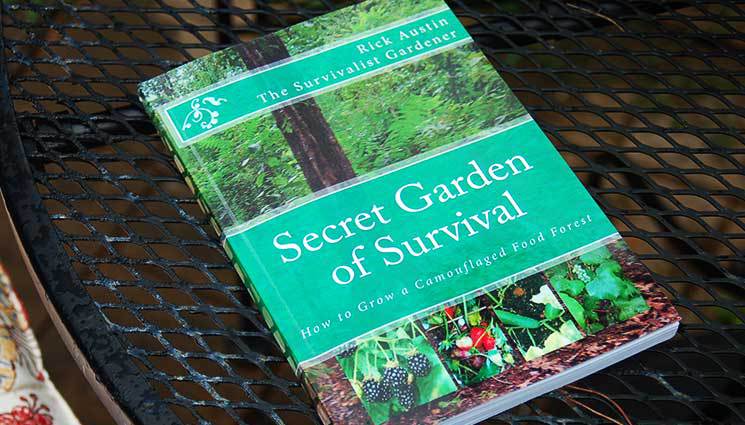
I have seen the advertisements for Rick Austin’s book, Secret Garden of Survival on a lot of blogs in the prepping community, but had not really considered it much. There wasn’t any reason that I passed it by, but I guess something didn’t trigger me to find out more about this book until last week when I stumbled on a glowing review from another source. Now, my curiosity was peaked so I went out to Amazon to check out the book further.
The premise of this book is that it will teach you how to grow a camouflaged food forest and this really caught my attention for several reasons. The first was the basic concept of having food growing in your yard that doesn’t look like a garden. One of the thoughts I and obviously Rick has had is that having a garden of nice pretty rows is an invitation to theft. I don’t have a tall fence around my property; neither do many of my neighbors. It is really easy to see who has a garden in their backyard and this could be a prime target by unscrupulous or simply starving people in a grid-down situation. To have your food somehow less obvious would be a natural advantage.
The second reason I was interested in this book are the concepts that Rick uses of a food forest and how to take advantage of nature. By using Permaculture concepts, he discusses how you can grow your food in guilds. Each guild has various layers each complimenting and benefiting the other layers. His approach uses foods planted not in rows, but probably more like how you would find them growing in the wild. This was a great idea in my opinion. I am sure that has something to do with the frustration experienced in our garden this year with weeds.
Lastly, the food forest concept mentioned in the book Secret Garden of Survival isn’t so dependent upon watering and changing all of your plants every season. This is Permaculture and your plants aren’t annuals. By planting fruits, berry producing shrubs and ground cover, you only have to worry about them the first year. One of the issues I have with gardening at least this year is how much work is wasted. Every year we have to plant, mulch, weed, fertilize, weed, water, weed and then pull it all up and do it over again. Since I have refused to use any weed killer in my yard since about 3 years ago, the battle with weeds seems more frustrating I guess but lately I have been thinking about why we fight this battle of the weeds. Surely, nature has a reason for weeds and my weekly waste of time continues to be futile. There has to be a better way.
On to the book review…
The Secret Garden of Survival is 112 pages and there is at least one photo on just about every page. Richard covers wide array of topics from how to prepare your land for planting a food forest to Permaculture guilds, grey water systems, rain water collection, planting, pest control and harvesting. There isn’t any one subject that is covered to the point of too many details and this book was a quick read. I think it took me a couple of hours to blast through it.
What I liked
I really like the concept of a food forest. I think this is simply brilliant and maybe it says something about my laziness, but if I could have the years, time and money I had invested in our current and past gardens I would completely redo everything like Rick mentions in this book. I think the concept makes perfect sense and it boggles the mind when I think of so much wasted time I have put myself and my family though with the traditional approach. Having food that comes back year after year seems to be a perfect model for anyone who wants to be prepared and this book has given me a ton of new ideas for our yard.
Now, does that mean you shouldn’t have a garden? No, quite the contrary; having a garden is such an important item to cross off your list, but if you have the time (2 years ideally), patience and land to start a food forest, that is what I would do. Would I get rid of my garden entirely? No, but I would scale it back a little and let the food forest do most of the heavy lifting.
What I didn’t like
I’ll just be honest and say that I don’t think this book was worth the cost I paid. I paid $29 on amazon and was pretty surprised that the book was as thin as it is. Some people paid even more. It’s my fault I know for not reading the details, but I just assumed it would be more like a manual. As it is, this is a great introduction to the concepts I mentioned above, but there are so many other things he could have put in this book. There were plenty of photos, but it was very short on the details of actually planning your guilds and displaying charts and graphs. Also, there were quite a few typos and the images weren’t high quality. Some were so dark it was difficult to make out what the author was trying to highlight.
If you are looking for a really good introduction to the concept of a food forest with photos from someone who has actually done it, this book may be for you. If you are looking for a resource book that you will refer back to time and time again because it is such a wealth of information, I might suggest a different book. I’ll admit that this was probably all because of the price. If this book was maybe closer to $6 I wouldn’t have felt as much disappointment, but I do think I was expecting more “how to” information and this book, while showing me something new I hadn’t considered, left me wanting more. Now I will be looking for a new resource that goes over the topics that Rick spurred my interest in. I’ll let you know if I find something better.















